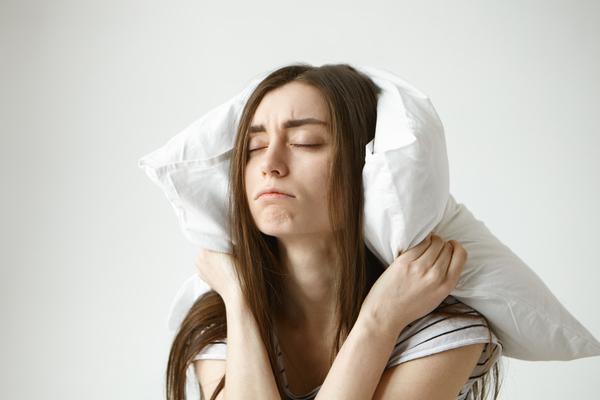Understand the Difference between Insomnia and Sleep Disorder
Insomnia is a sleep disorder that can cause someone to have trouble falling asleep, staying asleep, or waking up too early. It can lead to daytime sleepiness, difficulty concentrating, and irritability. Insomnia can be caused by many factors, including stress, illness, depression, pain, or the side effects of medications. Sleep disorders are often caused by other health issues or lifestyle choices.
A Sleep disorder is any condition that affects the quantity or quality of sleep. Some examples of sleep disorders are insomnia, narcolepsy, restless leg syndrome (RLS), and snoring. Sleep disorders can be caused by certain medications or medical conditions or they may happen for no known reason at all.
Consequences of Untreated Sleep Issues
Untreated sleep issues can lead to many consequences such as stress, mood swings, weight gain, and more.
People who suffer from untreated sleep issues often have a hard time carrying out their everyday tasks. They are more likely to be irritable, have difficulty concentrating on tasks, and have trouble completing work. These people are also more likely to feel stressed or experience mood swings. Untreated sleep issues can also lead to weight gain, which is one of the major causes of obesity in America.
Untreated sleep issues may cause even more serious health problems over time. People who do not get enough sleep are at an increased risk of developing depression or anxiety disorders in the future. They may also be at risk for developing other chronic illnesses such as diabetes, heart disease, or stroke.
What are the Most Common Sleep Disorders?
Sleep disorders are a group of conditions that interfere with sleep quality. They can be categorized in many different ways, including the duration of sleep, the timing of sleep, and the various stages of sleep.
There are many different types of sleep disorders. Some people experience insomnia (trouble falling asleep), hypersomnia (trouble staying asleep), or even narcolepsy (sudden uncontrollable bouts of daytime sleepiness). There are also parasomnias that affect people during their sleeping hours; these include restless leg syndrome, nightmares, and night terrors.
Other common sleep disorders are sleep apnea and restless leg syndrome. Sleep apnea is characterized by pauses in breathing during sleep. These pauses can last anywhere from 10 seconds to minutes at a time and can occur 30 times or more per hour. This disorder causes people to snore loudly and may lead to significant daytime sleepiness or fatigue as well as other health problems like heart disease, high blood pressure, stroke, diabetes, depression, and others. Restless leg syndrome is an uncomfortable feeling in your legs that makes it difficult to stay still or fall asleep.
3 Types of Treatment for Sleep Disorders
Sleep Disorders are a common problem in today’s world. This is because of the busy lifestyles that people lead, which causes them to have less time for sleep. There are three types of treatment that can be used for sleep disorders: behavioral treatment, pharmacological treatment, and surgical treatment. Behavioral treatments are the most popular form of treatment for sleep disorders because they don’t involve any drugs or surgery. These treatments involve changing one’s lifestyle habits so that one has more time to sleep and avoid stressors before bedtime. Pharmacological treatments involve using drugs to help with insomnia or other sleep disorders. Surgical treatments are reserved for more serious cases when other forms of treatment aren’t working well enough.

